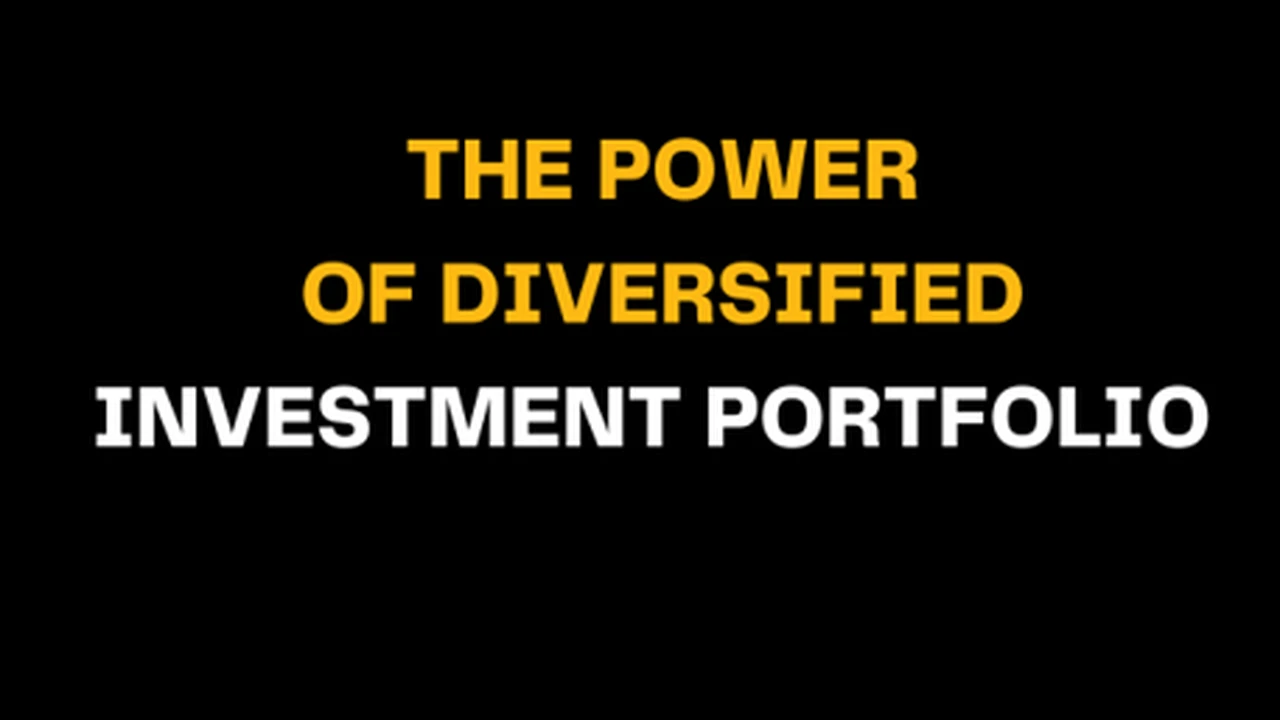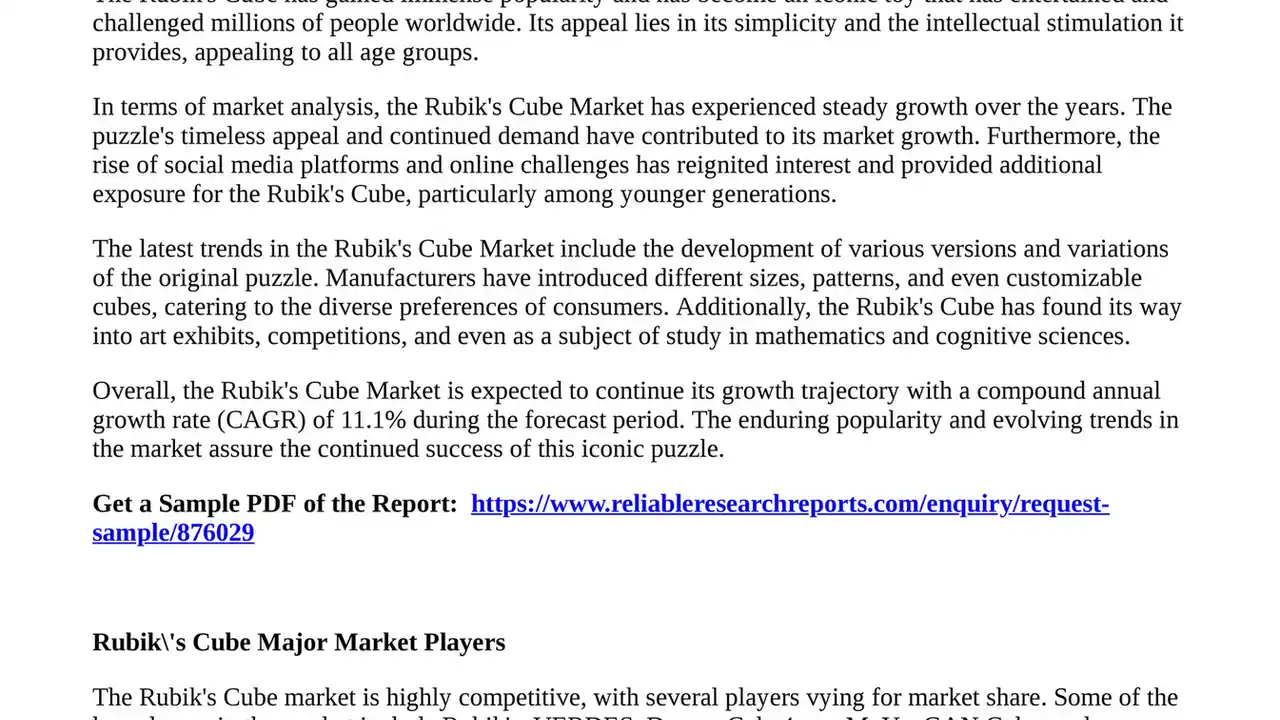Building a Diversified Gemstone Investment Portfolio
Learn how to build a diversified gemstone investment portfolio. Explore different types of gemstones, risk management strategies, and allocation techniques.

Why Diversify Your Gemstone Investments
Hey there, gemstone enthusiast! So, you're thinking about diving into the world of colored gemstone investments? Awesome! But before you go all-in on rubies (trust me, they're tempting!), let's talk about something super important: diversification. Think of it like this: you wouldn't put all your eggs in one basket, right? Same goes for gemstones. Diversifying your portfolio is all about spreading your risk and maximizing your potential returns. It's about being smart and strategic with your sparkly investments!
Why is it so important? Well, the gemstone market, like any market, can be a bit unpredictable. Prices fluctuate based on all sorts of things: supply and demand, economic trends, even the latest celebrity engagement ring! By diversifying, you're not relying on the performance of just one type of gemstone. If emeralds are having a bad day, your sapphires might be shining bright. It's all about balance.
Understanding Different Types of Gemstones for Investment
Okay, let's get down to the fun stuff: the gemstones themselves! There's a whole rainbow of options out there, each with its own unique characteristics, investment potential, and… well, let's be honest, its own level of sparkle! Here's a quick rundown of some popular choices:
- Sapphires: These beauties are known for their durability and range of colors (not just blue!). They're a classic choice and generally hold their value well.
- Emeralds: The lush green of an emerald is captivating. However, they can be more delicate than sapphires and require careful handling. Sourcing is also a key factor.
- Rubies: The king of colored gemstones! Rubies are prized for their vibrant red color and rarity. High-quality rubies can fetch impressive prices.
- Tanzanite: A relatively newcomer to the gemstone scene, Tanzanite boasts a stunning blue-violet hue. Its limited supply makes it an interesting investment option.
- Spinel: Often mistaken for rubies, spinel offers a more affordable alternative with a similar fiery red color.
Remember, each gemstone has its own market dynamics. Do your research! Understand the factors that influence its value, such as color, clarity, cut, and carat weight (the 4 Cs). This will help you make informed decisions.
Risk Management Strategies in Gemstone Investment
Alright, let's talk about the not-so-glamorous but totally necessary topic of risk management. Investing in gemstones is exciting, but it's not without its risks. Here's how to protect yourself:
- Authentication is Key: Before you buy anything, make absolutely sure the gemstone is genuine. Work with reputable dealers and get a certificate from a recognized gemological lab (like GIA, AGS, or SSEF).
- Understand Market Volatility: Gemstone prices can fluctuate. Don't panic sell if the market dips. Think long-term.
- Storage and Insurance: Protect your investment! Store your gemstones in a secure place and get them properly insured against theft, damage, or loss.
- Diversify Your Sourcing: Don't rely on a single source for your gemstones. Explore different dealers and regions to get the best prices and selection.
Think of risk management as your safety net. It's there to protect you and your investments from unexpected events.
Gemstone Allocation Techniques: How to Divide Your Investment
So, you've decided to diversify, you understand the different gemstones, and you're aware of the risks. Now, how do you actually allocate your investment? Here are a few strategies to consider:
- The Balanced Approach: Allocate a portion of your investment to each of the major colored gemstones (sapphires, emeralds, rubies). This provides broad diversification and reduces your reliance on any single gemstone.
- The Growth-Oriented Approach: Focus on gemstones with high growth potential, such as rare and unusual varieties. This strategy is riskier but could yield higher returns.
- The Income-Generating Approach: Invest in gemstone jewelry that you can wear and enjoy while it appreciates in value. This provides both financial and emotional returns.
There's no one-size-fits-all approach. The best strategy depends on your individual risk tolerance, investment goals, and time horizon.
Product Recommendations, Usage Scenarios, Comparisons and Pricing
Okay, let's get specific! Here are a few example gemstone investments, along with potential usage scenarios, comparisons, and estimated prices (remember, these are just examples, prices can vary!):
- Product 1: A 2-Carat Ceylon Sapphire Ring (Classic Investment)
- Description: A stunning 2-carat Ceylon sapphire, set in a classic platinum ring with diamond accents. The sapphire exhibits a vibrant blue color and excellent clarity. Certified by GIA.
- Usage Scenario: A timeless piece for special occasions, or as a statement piece for everyday wear. Could also be considered an heirloom piece.
- Comparison: Compared to a diamond ring of similar size and quality, the sapphire offers a unique color and potentially higher appreciation due to the increasing rarity of high-quality Ceylon sapphires.
- Estimated Price: $8,000 - $12,000
- Product 2: A Collection of Unheated Mozambique Rubies (Growth Potential)
- Description: A curated collection of three unheated Mozambique rubies, ranging in size from 1 to 1.5 carats. Each ruby exhibits a vibrant red color and excellent clarity. Certified by a reputable gemological lab.
- Usage Scenario: Suitable for setting into custom jewelry pieces or holding as individual investments. The unheated nature and vibrant color make them highly desirable.
- Comparison: Compared to heated rubies, unheated rubies are generally rarer and command a higher premium. Mozambique rubies are gaining popularity as an alternative to Burmese rubies.
- Estimated Price: $5,000 - $8,000 (for the collection)
- Product 3: A Vintage Emerald and Diamond Brooch (Income & Appreciation)
- Description: A beautifully crafted vintage brooch featuring a central Colombian emerald surrounded by diamonds. The brooch is in excellent condition and showcases intricate detailing.
- Usage Scenario: A unique and eye-catching accessory for special events or as a conversation starter. Can be worn on clothing or displayed as a decorative piece.
- Comparison: Compared to modern emerald jewelry, vintage pieces often offer superior craftsmanship and a unique aesthetic. The combination of emeralds and diamonds enhances its value.
- Estimated Price: $6,000 - $10,000
Where to Buy Gemstones for Investment
Finding reliable sources is paramount. Look for:
- Reputable Gemstone Dealers: Dealers with years of experience and a strong reputation in the industry. Check online reviews and ask for references.
- Gemological Laboratories: Labs like GIA, AGS, and SSEF provide independent grading and certification services.
- Auction Houses: Auction houses often offer a wide selection of gemstones, but do your research and inspect the stones carefully before bidding.
- Online Marketplaces: Be cautious when buying gemstones online. Stick to reputable platforms and verify the seller's credentials.
Remember, due diligence is key! Don't be afraid to ask questions, request certifications, and seek expert advice before making any investment decisions.
So, there you have it! A comprehensive guide to building a diversified gemstone investment portfolio. Remember to do your research, manage your risks, and enjoy the journey! Happy investing!
:max_bytes(150000):strip_icc()/277019-baked-pork-chops-with-cream-of-mushroom-soup-DDMFS-beauty-4x3-BG-7505-5762b731cf30447d9cbbbbbf387beafa.jpg)






